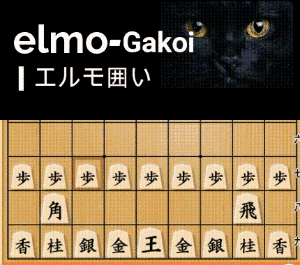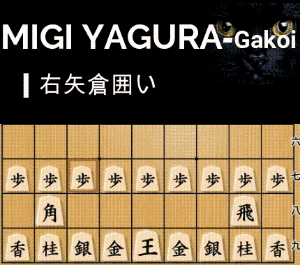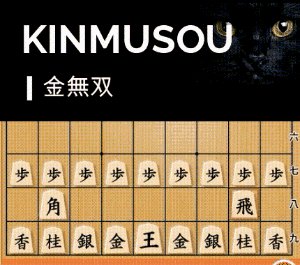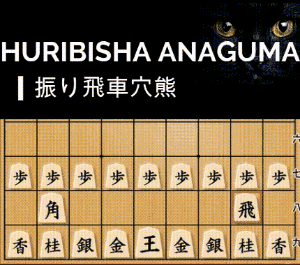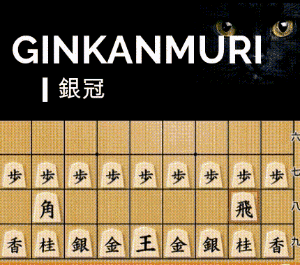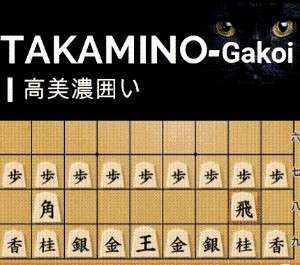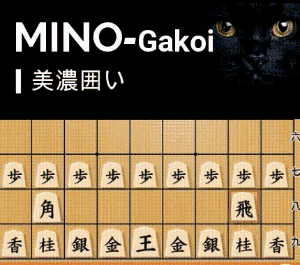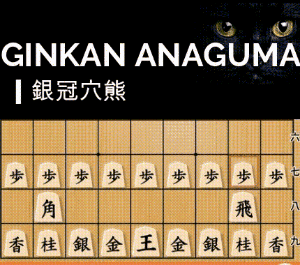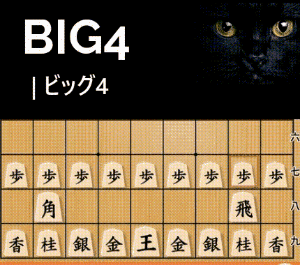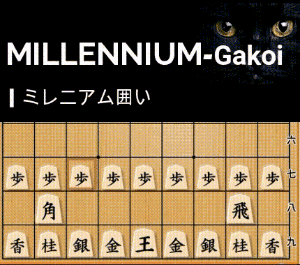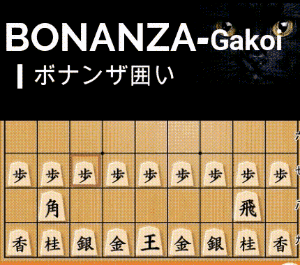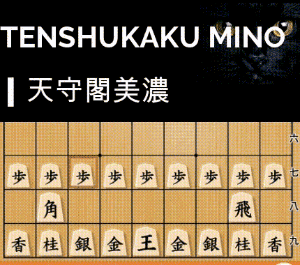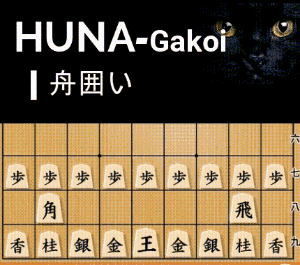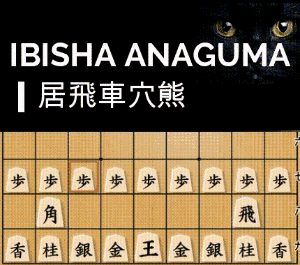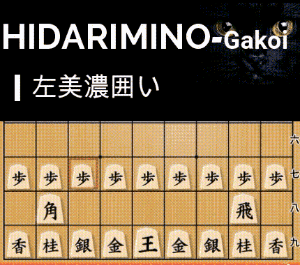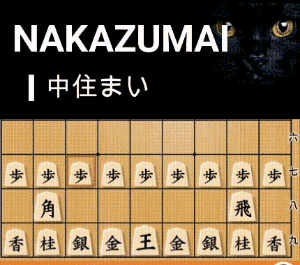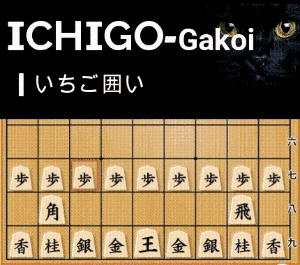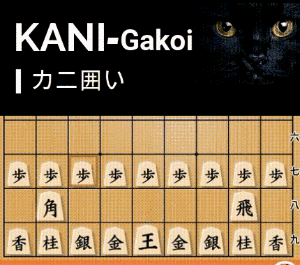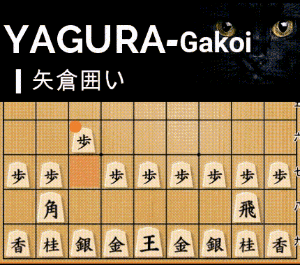Masuda-style Quick Ishida: How to Fork with 5-5 Bishop Drop
Learn how to execute the Masuda-style Quick Ishida strategy and perform a powerful fork with the 5-5 Bishop drop in shogi. Discover the key setup and aggressive attack tactics that lead to a winning position.
Setting Up the Masuda-Style Quick Ishida
The Quick Ishida is an aggressive opening often used by the first player in the first move.The key move comes early on: ▲7-5 Pawn on the third move. However, this strategy works best when your opponent has not opened their bishop’s diagonal by the second move, so be mindful of that when setting up.
The goal is to initiate a surprise attack following a bishop exchange. Once the rook is positioned on the 7th file, ▲7-4 Pawn creates an immediate threat of a fast attack. Before launching this attack, however, make sure to first move your king to ▲4-8 King for protection. This helps defend against potential checks like △9-5 Bishop in the future, which could threaten your king.
Now that the setup is complete, it’s time to execute your plan!
How to Execute the Fork with 5-5 Bishop Drop
Your opponent will likely defend the 7th file with a silver piece. At this point, you can aggressively push ▲7-4 Pawn, aiming to keep the pressure high.
The core of this strategy is to exchange bishops and then drop your bishop to ▲5-5 Bishop, which sets up a fork. This move targets both the rook and silver, forcing a double attack.
Your opponent will likely respond with △7-3 Silver to defend their pieces. As they attempt to guard the rook while strengthening defense around their silver on the 2nd file, it’s crucial to keep up the pressure. Here, continue with ▲7-4 Rook, intensifying your attack.
If your opponent doesn’t defend well, you can sacrifice the rook to maintain the momentum. If the attack reaches ▲7-3 Promoted Bishop, you’ll secure a check and another fork.
Even if your opponent defends with △6-2 Rook, move your knight to ▲7-4 Knight to harass their rook. They must respond cautiously since moving the rook would expose their king to immediate danger, forcing them to abandon it.
Variation 2: Sacrificing Major Pieces to Keep the Attack Going
Let’s return to an earlier position and explore a different variation. If your opponent responds with △7-3 Silver and continues to defend, they might move △6-4 Silver to reinforce their position. While you can choose to retreat your bishop, let’s consider a more aggressive approach.
In this case, sacrificing your rook for a more forceful attack can lead to a decisive breakthrough. By threatening both Rook Take and ▲5-3 Promoted Bishop, you can put your opponent on the defensive. If their rook moves poorly, you may even have the chance to capture their knight with ▲9-1 Promoted Bishop, gaining material advantage.
By creating a promoted horse, you will have successfully transformed the situation in your favor. The promoted horse offers incredible flexibility and control of the board, putting immense pressure on your opponent. Even though you may have exchanged pieces, the strength of your promoted horse combined with your aggressive positioning will leave your opponent struggling to defend.
Conclusion
The Masuda-style Quick Ishida opening offers an exciting and dynamic approach to shogi, combining early aggression with precise tactical attacks. By executing the 5-5 Bishop Drop fork and following the variations discussed, you can break through your opponent’s defenses and gain a commanding position.
With practice, this aggressive strategy will not only surprise your opponents but also give you an edge in the game. Keep refining your timing and moves to become a master of the Quick Ishida!
➡️ Want to learn how to defend against the Masuda-style Quick Ishida? Read this article for a detailed guide!



